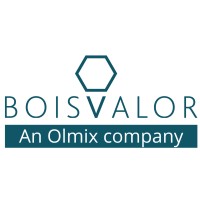Evaluating animals’ exposure to mycotoxins is important to manage mycotoxin risk. A classical approach to assess animal’s exposure is to check the contamination in feedstuffs.
However, monitoring mycotoxins in feeds has some limitations, related to the uneven distribution of mycotoxins in feeds or because it does not reflect individual exposure. Given this, the study of mycotoxin presence in biological matrices (urine, feces, blood), also called biomonitoring, may be an option.
When it comes to pigs, deoxynivalenol (DON) and zearalenone (ZEN) are the most studied.
ZEN studies indicate that urinary levels of ZEN and its phase-I metabolite α-zearalenol have a good correlation with ZEN feed levels, making them suitable biomarkers of ZEN exposure in pigs.
DON studies show a good correlation between DON feed levels and DON and DOM-1 urine and serum levels. Thus, their analysis in the urine and serum are suitable biomarkers of DON exposure in pigs.

Glucuronides conjugate of both ZEN and DON could also be candidate markers, but their quantification has more analytical constraints. No relevant biomarker of ZEN and DON exposure was identified in the feces of pigs.
When it comes to multi-mycotoxins biomonitoring, urine seems to be the most suitable matrix to obtain a good dose-response correlation, especially for DON and ZEN. This model could be used for mycotoxin detoxifying agents’ efficacy evaluation in pigs. The choice of suitable biomarker, matrix, and sampling time plays the most important role in adequate exposure assessment, and the interpretation of the results cannot be done without the corresponding feed analysis. All this considered, biomarkers as a diagnostic tool are only possible within scientific trials.
Reference: Tkaczyk and Jedziniak, 2021. Mycotoxin Biomarkers in Pigs—Current State of Knowledge and Analytics. Toxins, 13, 586. https://doi.org/10.3390/toxins13080586




